There is no doubt that smartphone cameras have come a long way over the years. With the general quality of mobile photography constantly improving, it was only a matter of time before manufacturers focused on macro as well. Although Apple goes about it with its iPhone 13 Pro differently than other manufacturers. They usually implement a rather special lens.
Apple equipped its iPhone 13 Pro with a new ultra-wide-angle camera with a redesigned lens and effective autofocus that can focus at a distance of 2 cm. Therefore, as soon as you approach the photographed object with, for example, a wide-angle camera, it automatically switches to ultra-wide-angle. The first mentioned would not have to focus completely correctly at the given distance, while the second mentioned would. Sure, it has its flies, because there are situations where you just don't want this behavior. That's why you can also find the option to turn off lens switching in the settings.
It could be interest you

The reality of other manufacturers
Other manufacturers do it their own way. Rather than deal with the complexities like Apple, they simply shove some extra lens on the phone. It has a bonus in marketing because, for example, instead of the usual three, the phone has four lenses. And it looks better on paper. What about the fact that the lenses are relatively poor, or with a small resolution that does not reach the quality of the results from the iPhone.
E.g. Vivo X50 is a smartphone equipped with a 48MPx camera, which has an additional 5MPx "Super Macro" camera, which should allow you to capture sharp images from a distance of only 1,5 cm. Realme X3 Superzoom it has a 64 MPx camera, which is complemented by a 2 MPx macro camera with the ability to capture sharp images from 4 cm. 64 MPx offers i Xiaomi Redmi Note 9 Pro Max and its 5 MPx camera allows for sharp images from the same distance as the iPhone 13 Pro, i.e. from 2 cm.
It could be interest you

Other manufacturers and their smartphones are in a similar situation. Samsung Galaxy A42 5G, OnePlus 8T, Xiomi Poco F2 Pro offer a 5MP macro camera. Xiaomi Mi 10i 5G, Realme X7 Pro, Oppo Reno5 Pro, 5G Motorola Moto G9 Plus, Huawei nova 8 Pro 5G, HTC Desire 21 Pro 5G only offer a 2MP camera. Many phones from many manufacturers offer macro modes, even if they do not have a special lens. But by invoking this mode, the user can tell them that you want to take pictures of some nearby objects, and the application interface can adjust the settings accordingly.
What about the future
Since Apple has shown how macro can work without the need for an additional lens to be physically present, it's highly likely that other manufacturers will follow suit in the future. After the New Year, when the companies start to present the news for the following year, we will certainly see how their lenses can take, for example, 64MPx macro images, and Apple will be properly mocked with its 12MPx.
It could be interest you
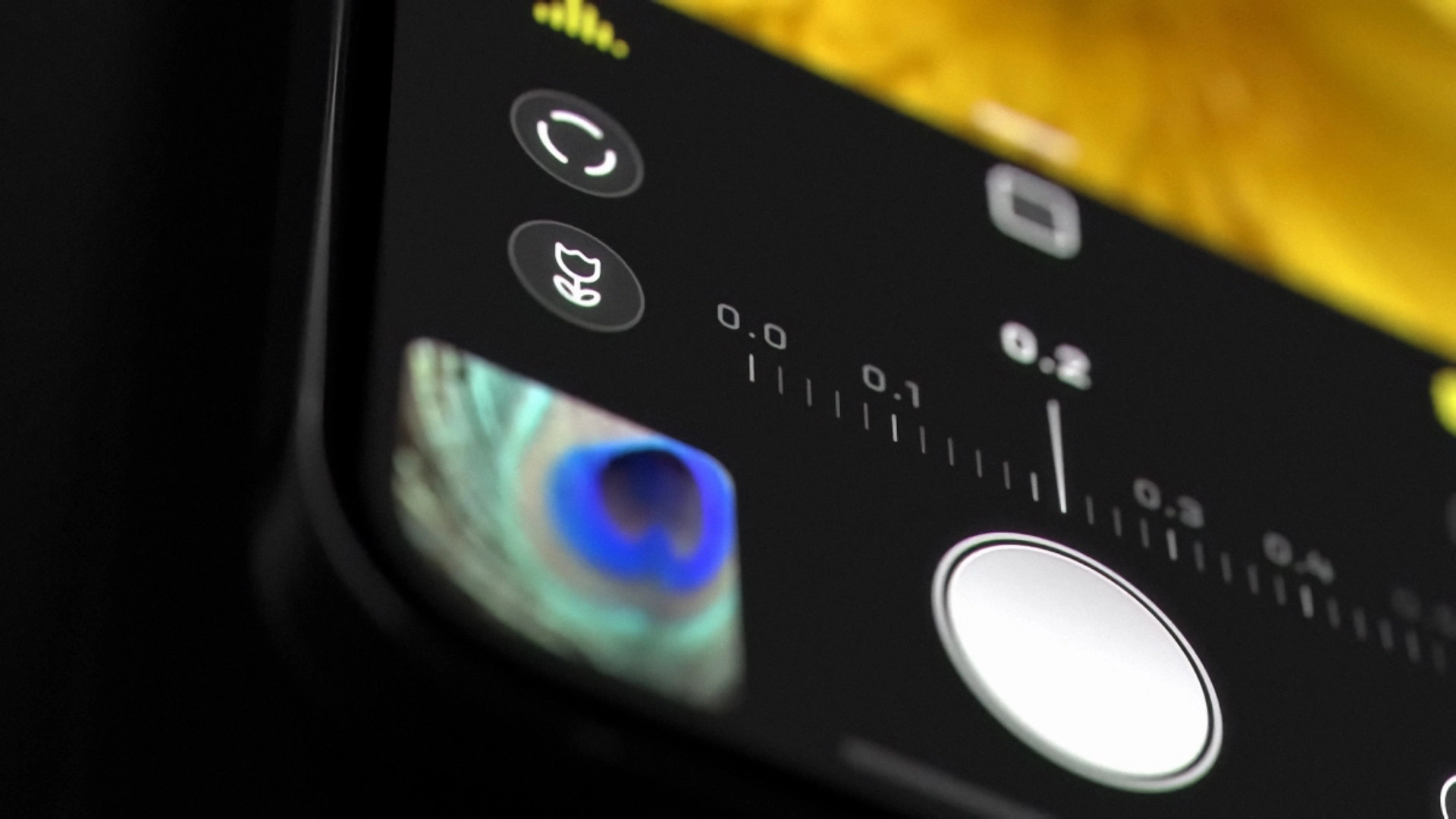
On the other hand, it would be very interesting to see if Apple added a fourth lens to its Pro series, which would be specialized purely for macro photography. But the question is whether he would be able to get more out of the result than he can do now. It would rather require the basic series without the Pro moniker to learn the macro as well. It currently has a worse ultra-wide-angle camera, which could change in the next generation, as it should get the one from the current 13 Pro series. For iPhone 8 and later, the macro mode is already provided, for example, by applications Halide, but it is not a native Camera solution and the results themselves could also be of better quality.
 Adam Kos
Adam Kos 







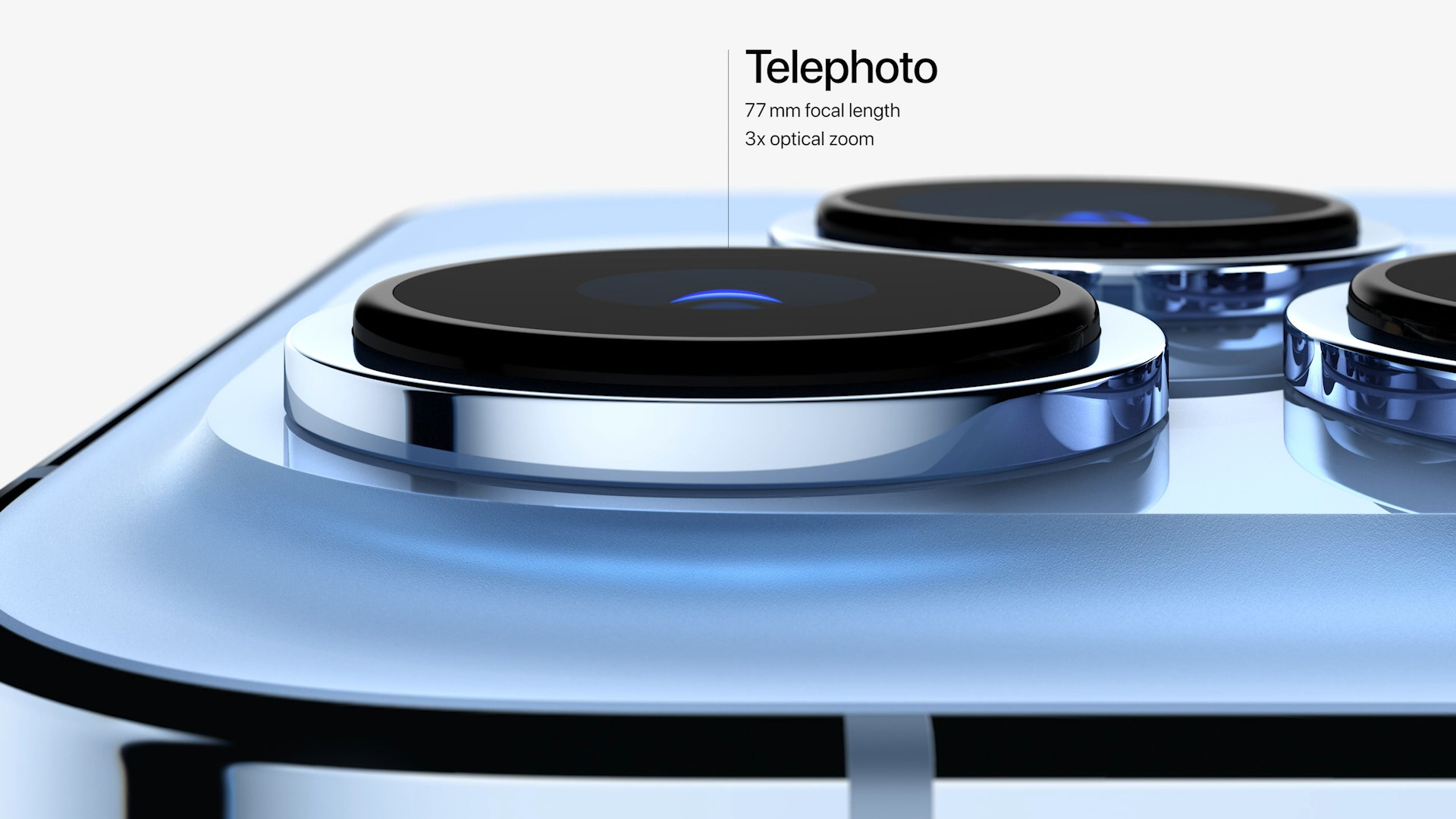

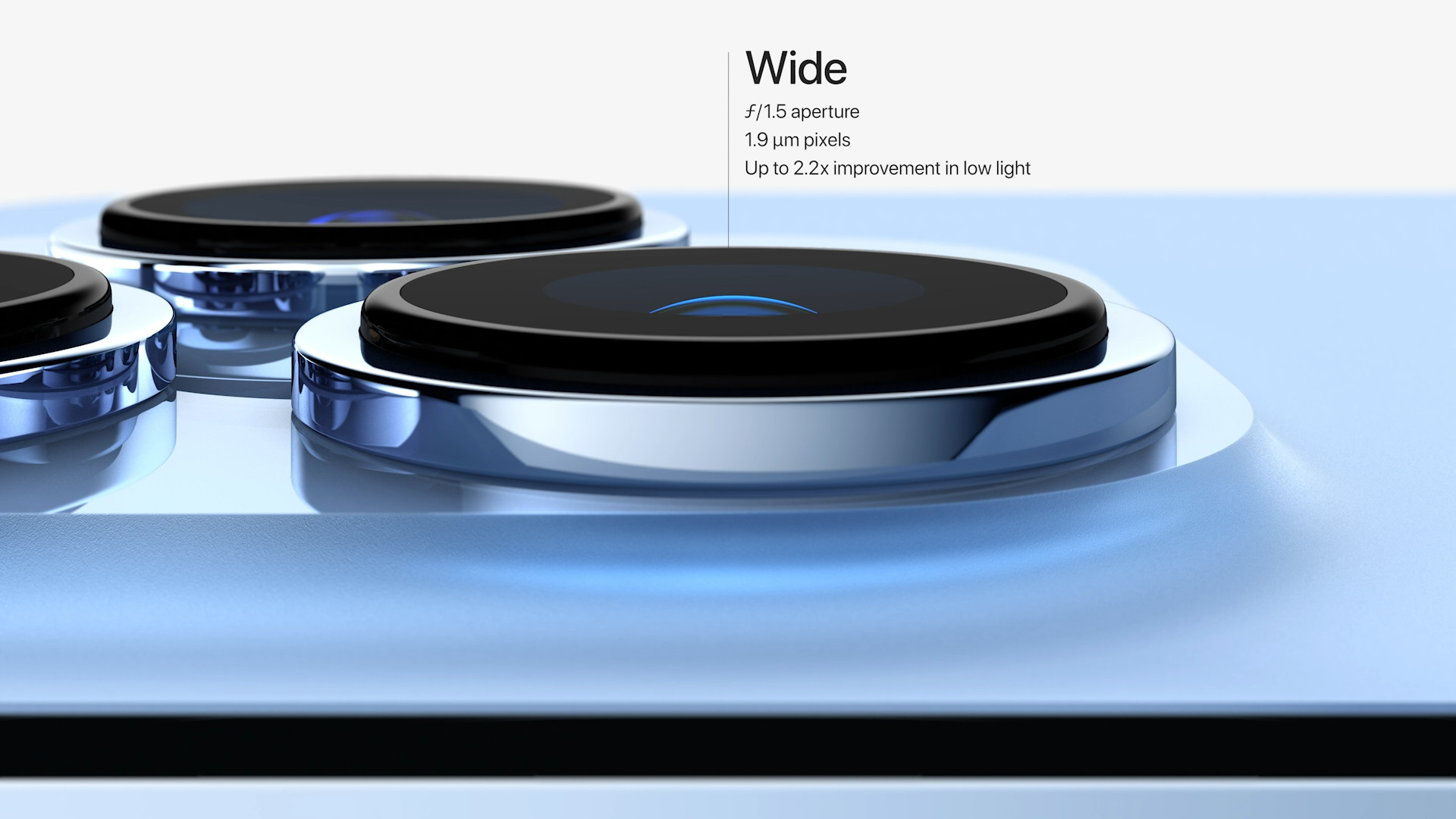

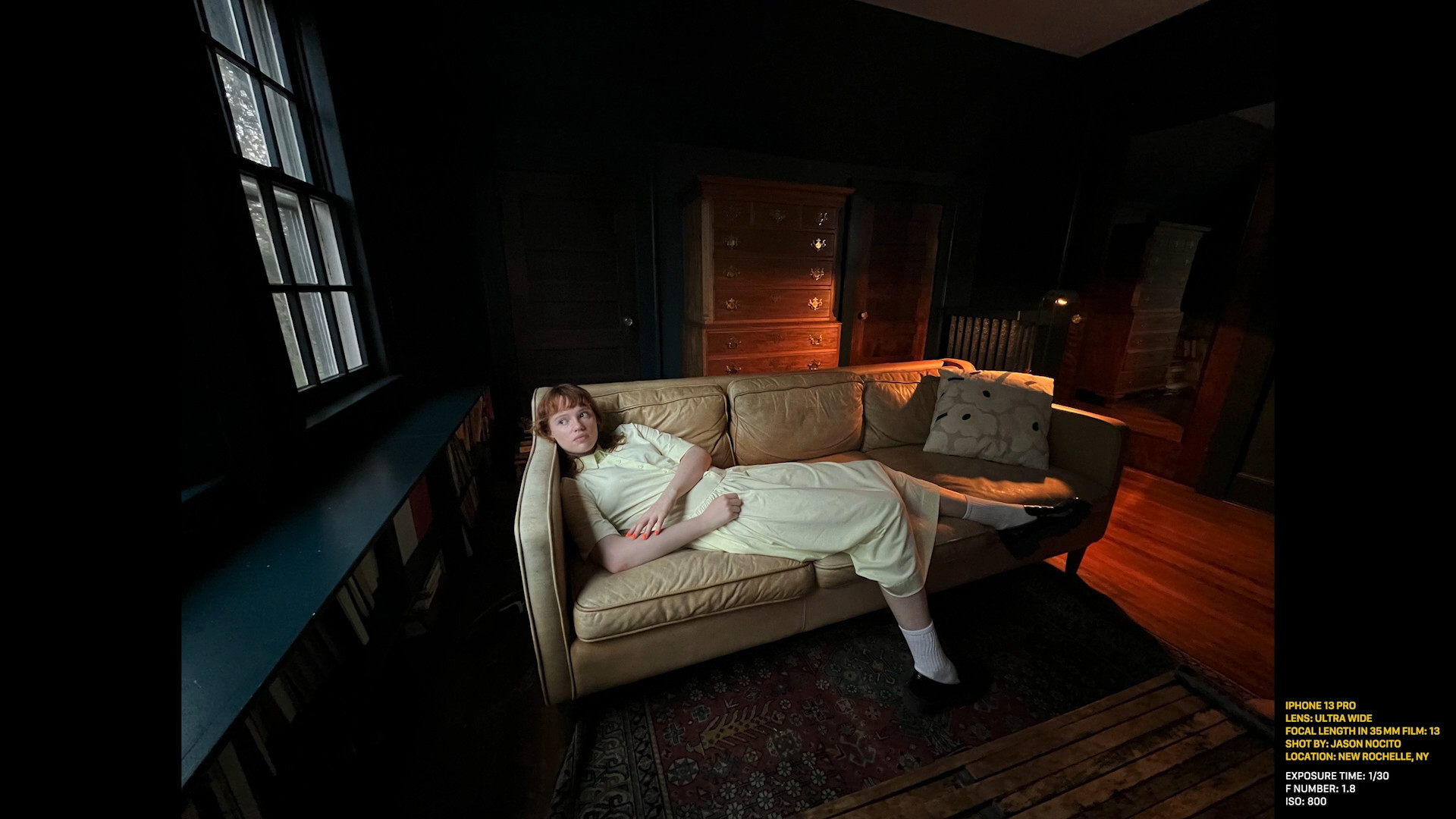



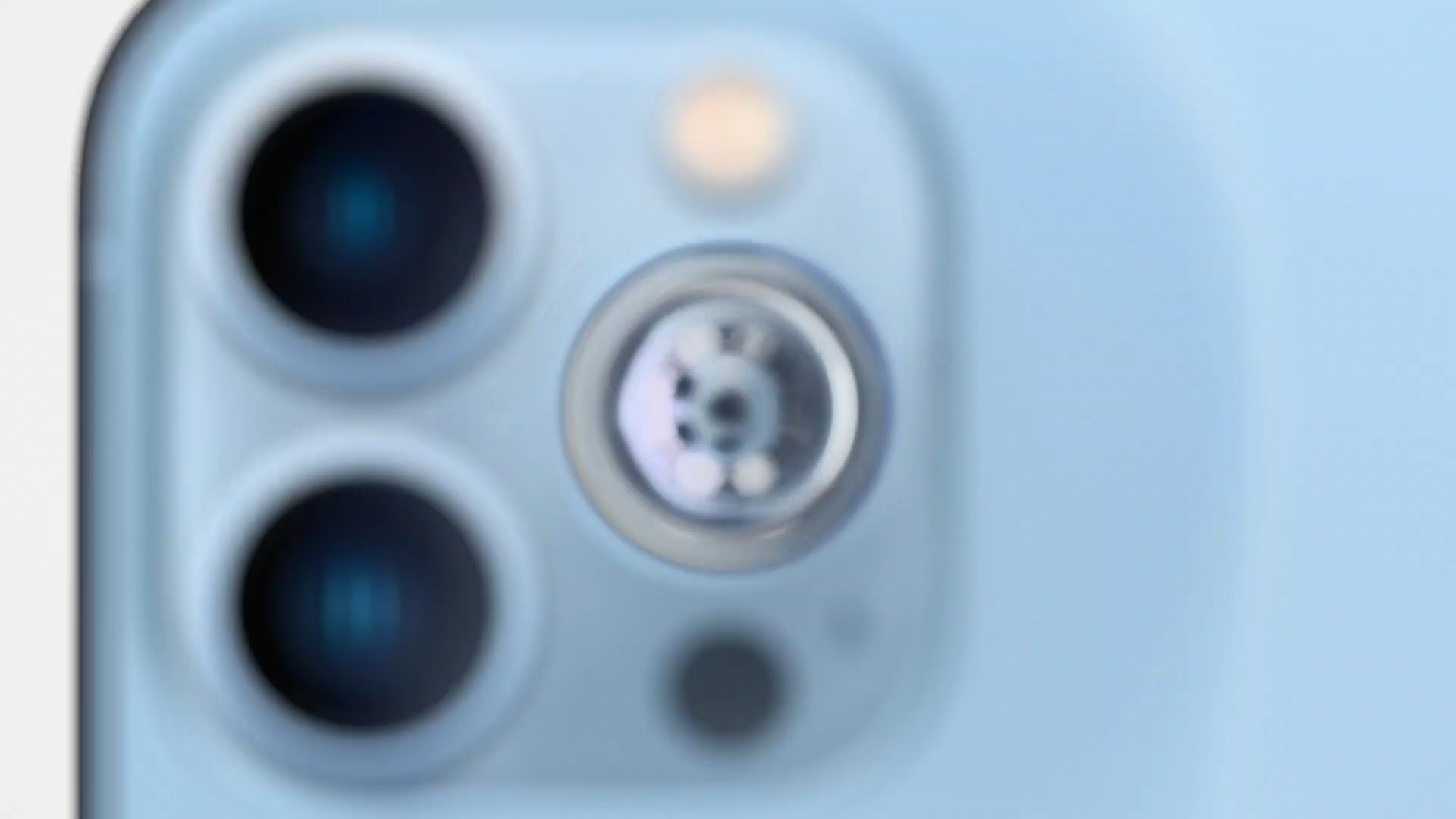
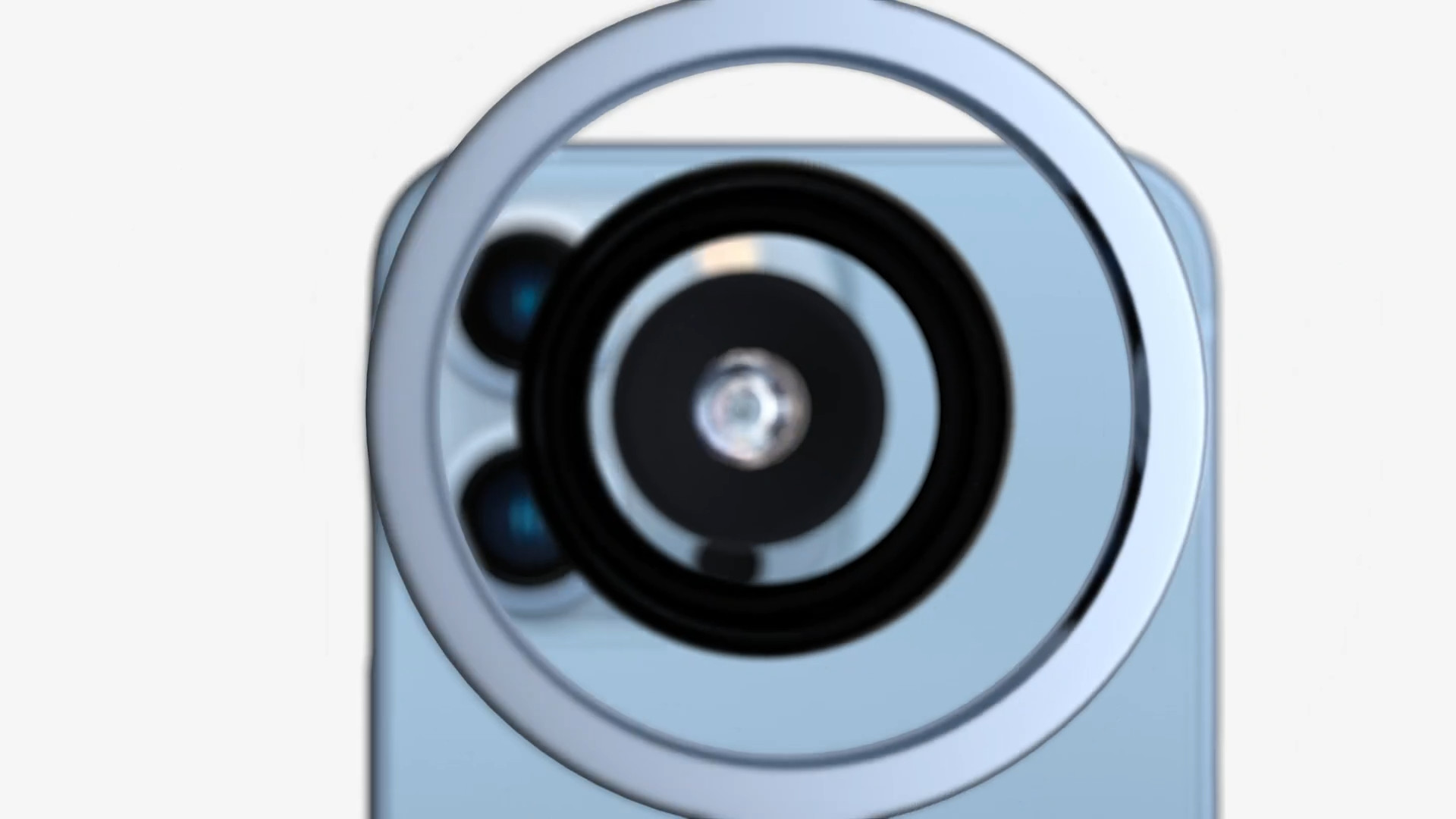
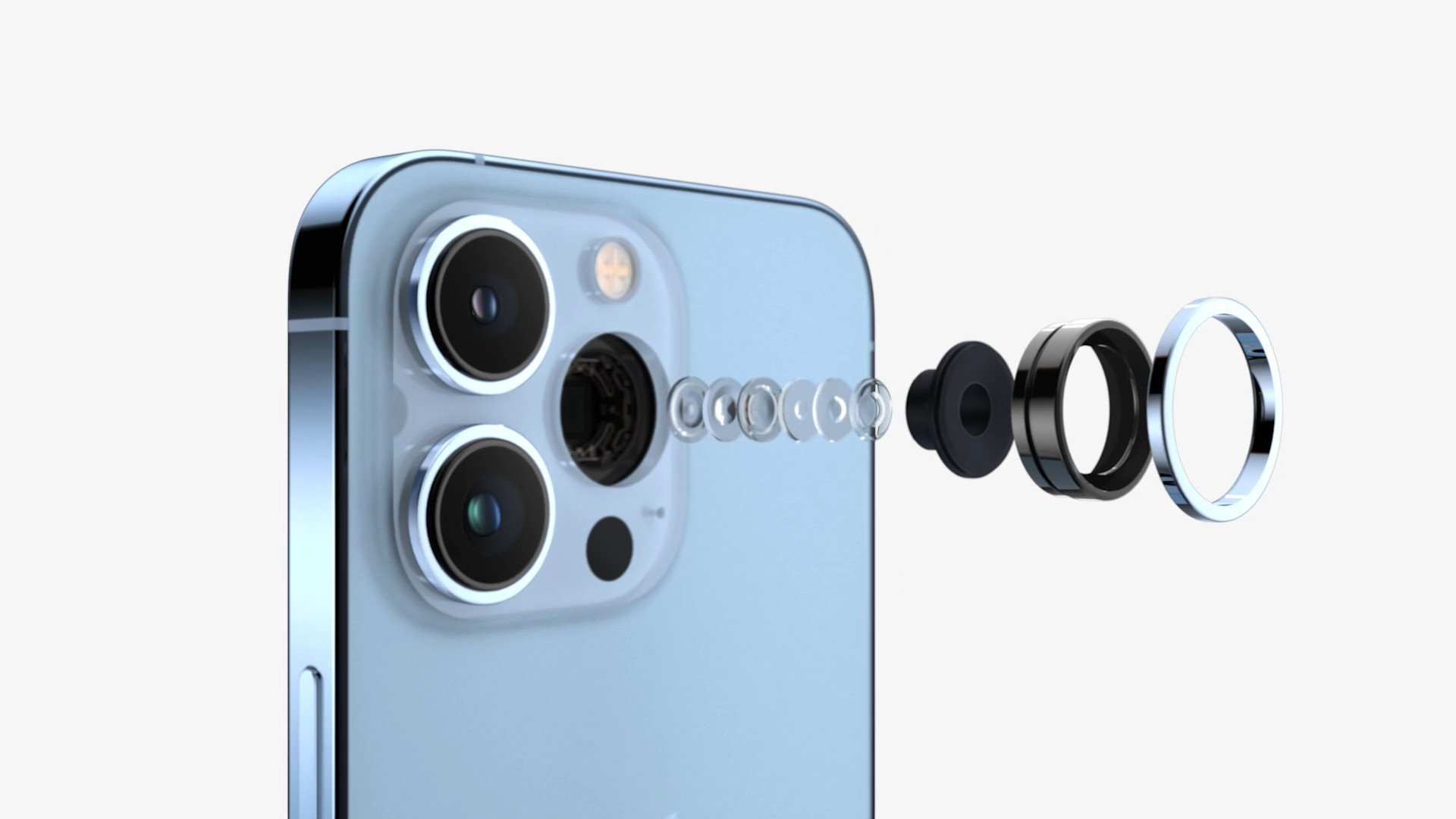
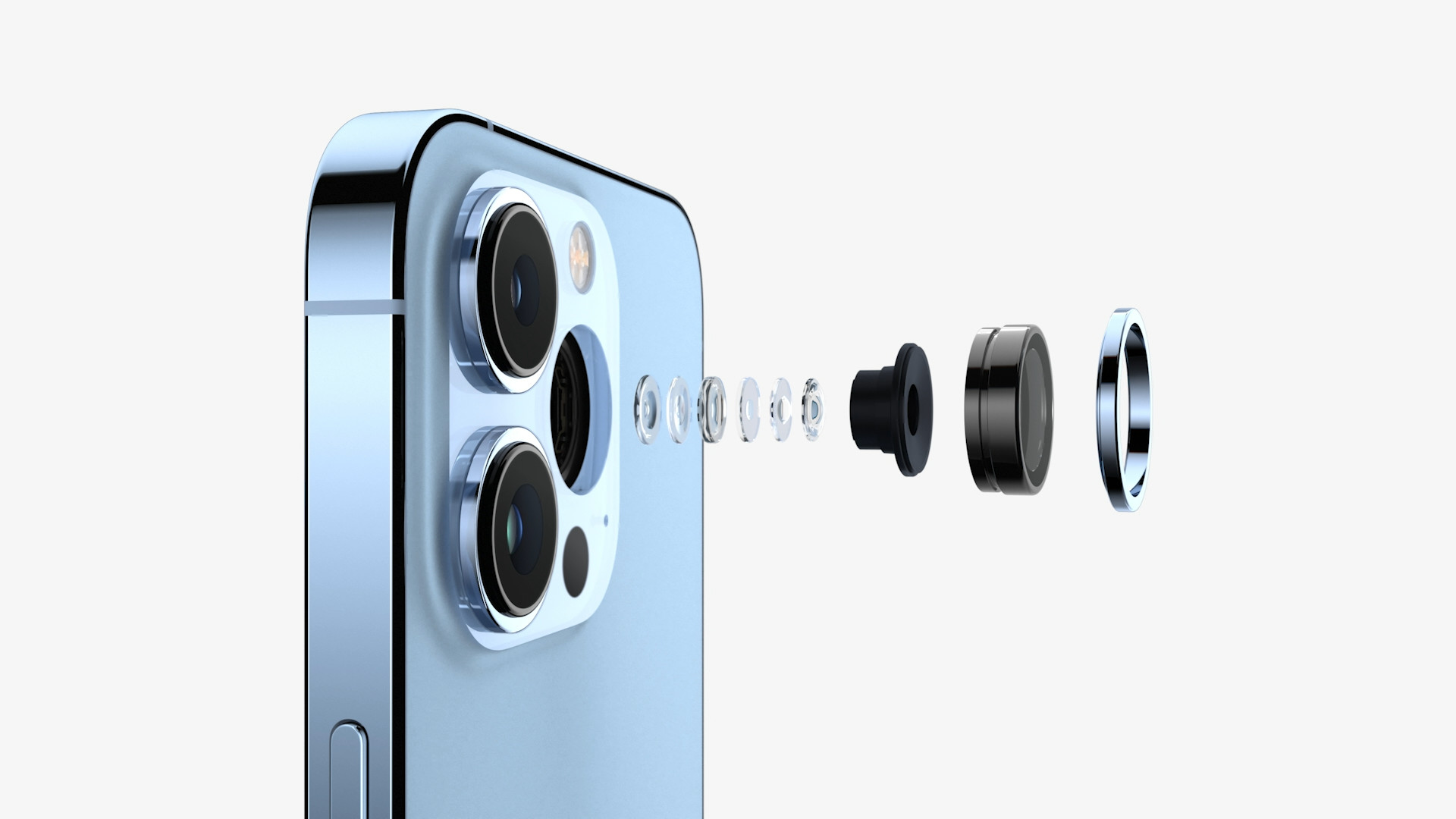
Well, Adam, except for the fact that the Mi9 was already good at ultrawide macro almost three years ago ;)
https://xm.cz/blog/xiaomi-mi-9-sirokouhly-objektiv/
Btw, it's quite a shame that Apple has AF in ultra-wide only this year and only in Pročky :(